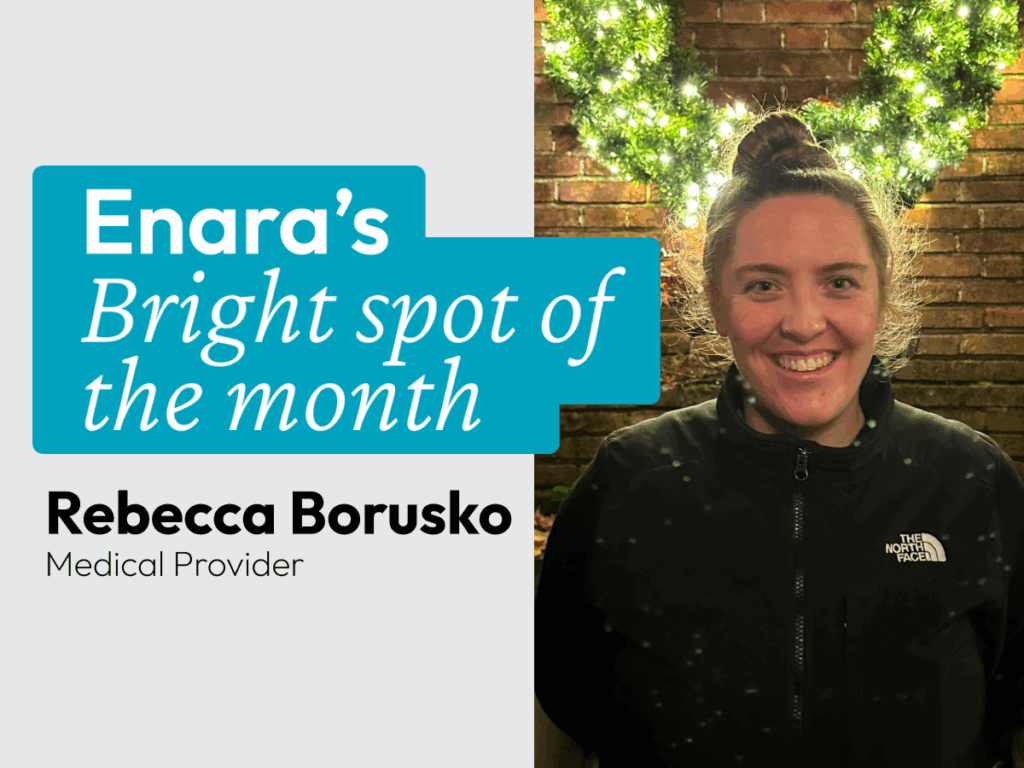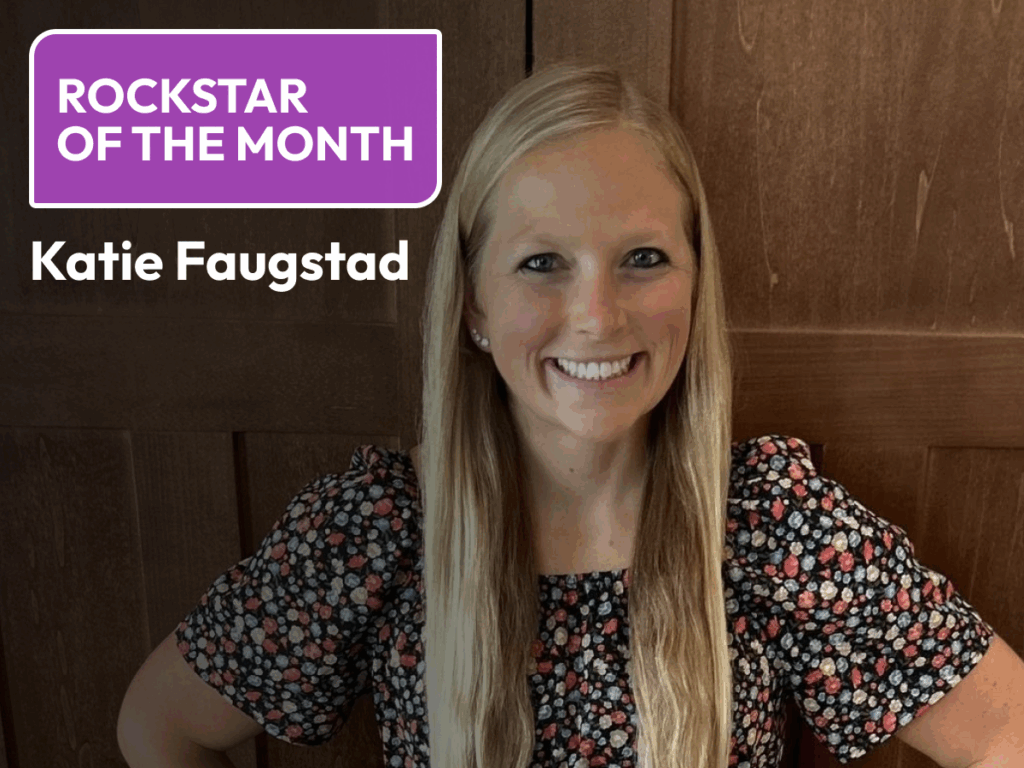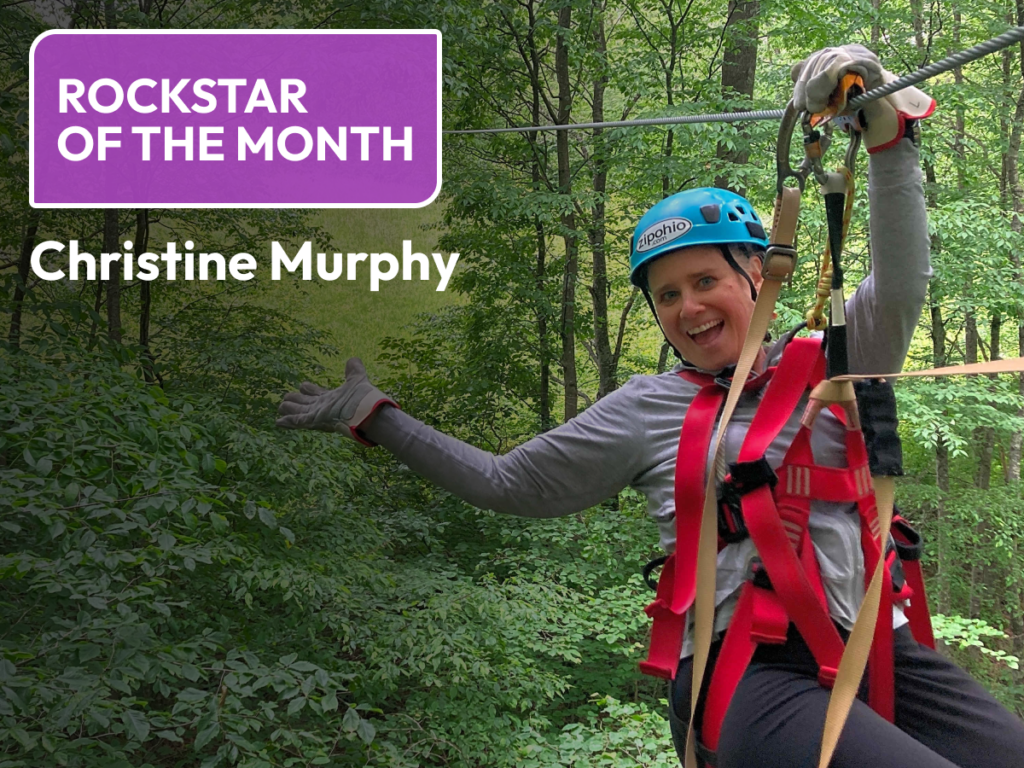Trapped
I was a skinny kid while growing up in India. I did a lot of sports and my health-conscious mom ensured that I ate well. So, portion size or plate method was not something I ever thought of. This lifestyle continued when I came to the U.S. for graduate school. I was so used to eating a certain amount of food that even when I stopped doing sports and my lifestyle became progressively sedentary, I continued to eat the same. The incredible variety of delicious foods in the U.S. did little to discourage me. I put on a few pounds here and there, but the miracle of loose-fitting clothes hid the problem. But as the weight increased, it weighed on me, literally. I began avoiding mirrors and disliked being photographed. My before photo clearly shows my dislike for being photographed.
Like any individual looking to lose weight, I started on my “weight loss journey” by going to the gym. I worked out 5 days a week and while I saw some progress in the beginning, the weight plateaued quickly. Discouraged by the results, I gave up on exercises and tried to seek easy alternatives. The internet has a ton of alternatives from diet pills to cleanses. I went through many diets and cleanses, but the results were no different. They showed promise in the first few weeks of starting but either the weight plateaued or came back with vengeance!
I felt trapped in the vicious cycle of weight gain, diet, and disappointment. I was miserable and clueless.
Enara To the Rescue
I was introduced to Enara by my brother who was on his weight loss journey with them. I liked Enara’s approach because weight loss requires a three-prong approach: a doctor to oversee your well-being, a dietitian to guide you through healthy eating, and a trainer to help you increase muscle mass. I started VLCD on December 1st, 2017 at a weight of 190 lbs and as a borderline pre-diabetic patient. Three months later, I had lost over 30 lbs by reaching my lowest of 158 lbs.
Lessons Learned
“Losing weight is easy, keeping it off is hard.” This is what my dietitian, Danielle Cortez, told me in March 2017. Little did I know how true this would be in coming months. My weight loss journey and the struggle of maintaining my weight over the last three years is clearly illustrated in the figure below.

Going through 2.5 VLCDs (2 VLCDs and 1 VLCD lite), I have learned a lot about weight loss. I summarize these findings below:
- Create a goal to maintain weight – It is easy to follow a goal that shows continuous progress. VLCD is easier because a decrease in weight on a scale creates a positive feedback loop. Maintaining weight does not have the same appeal. Therefore, creating a new attainable goal, post VLCD, like decreasing body fat percentage to X% or running a ½ marathon in 6 months indirectly helps to maintain one’s weight.
- Work Actively with Your Team – We all have a talented team of dedicated individuals. Let us work with them and take advantage of the resources Enara has to offer. I have been super proactive with my team. I set up bi-monthly meetings with Danielle and Tony, well in advance, so that I remain on track and accountable. I even enrolled and completed the Stress & Anxiety course. Also, don’t forget to set up your body comp. every month. Body composition gives you a more complete picture than your home scale does.
- Learn to Listen to Your Body – We often listen to our mind but not our body. The mind has theoretical ideas of what a body should do or needs, while the body has practical ideas of what it needs. Mindfulness and meditation allow one to hear body’s cues and act accordingly. By being conscious of one’s body or being in tune with the body helps to maintain the weight.
My weight loss journey is not over yet. There is still much work to be done but I am confident that my awesome team at Enara can help me achieve a weight that is right for me. Weight loss is not simply about losing weight and keeping it off but about loving, caring, and knowing one’s body well.
Rohit’s Percent Body Fat:

PBF (Percent Body Fat) is the percentage of your body that is made up of fat. Everything else is usually referred to as “lean tissue.” This gives a more accurate representation of health, fitness and leanness.
Rohit reduced his total cholesterol by 10%:

- Cholesterol is a waxy substance that comes from two sources: your body and food.
- Excess cholesterol can form plaque between layers of artery walls, making it harder for your heart to circulate blood.
- There are two types of cholesterol: “good” and “bad.” Too much of one type — or not enough of another — can put you at risk for coronary heart disease, heart attack or stroke.
Rohit’s reduced his triglycerides by 71%:

- Fatty foods and carbohydrates that we eat are broken down into globs of fat called triglycerides.
- High levels of triglycerides can increase your risk for heart disease, stroke, and nerve damage.
- Excess glucose in the blood can be used to make triglycerides, which is why people with insulin sensitivity, pre-diabetes, or diabetes often also have elevated triglycerides.
Rohit reduced his insulin levels by 73%:

- Insulin is a hormone secreted by your pancreas. Its main role is to regulate the amount of nutrients circulating in your bloodstream, in particular sugar.
- Insulin resistance is when cells stop responding to insulin correctly, causing high insulin and blood sugar levels. Insulin resistance is linked to metabolic syndrome and type 2 diabetes.
- Insulin resistance can be reversed by weight loss and lifestyle changes including exercise.
I was asked by the Enara team to share some cool facts about Space as I have a Ph.D. in Astrophysics. So, here are some interesting ones:
- Light takes 8 minutes to travel from the Sun to the Earth. So, when we see the Sun in the sky, it was how it looked 8 minutes ago. If a star is exceedingly far away from us such that the light from the star takes 1000 years to get to us, we see the star as it looked a 1000 years ago. In short, looking into the night sky, we see the past and not the present.
- To date, more than 4,000 planets have been discovered outside our solar system which include several earth-size planets. Finding an earth-like planet is likely to happen in our lifetime.
- There are more stars in the Universe than sand grains on all of the beaches and deserts on the Earth. So, even if the possibility of life on other planets is ridiculously small, such a large number of stars make this a probability.
I would like to thank Danielle for working closely with me over the last 3 years and teaching me about nutrition and food; Dr. Bailony for answering all my questions patiently and sharing scientific literature on weight loss; and Tony for keeping me on track with my exercises.




